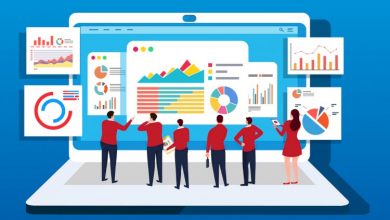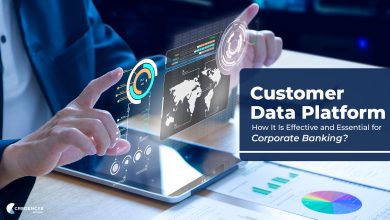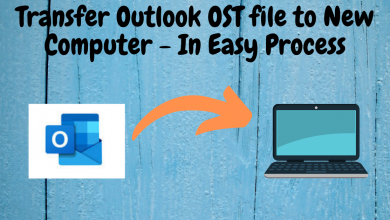4 trends big data for 2022 to watch out for

Big data, increased computational speed, cloud computing and network automation are collectively driving changes in organisational structures, business decisions and the way we work. This has resulted in an intense data-driven culture – where data provides value in every byte.
Data analytics and big data have formed an irresistible team – with businesses of every size, across every industry and geography able to harness its power. From marketing to financial decisions, human resource planning and strategy – it is all-pervasive. It also optimises processes, makes redundant jobs easier, decisions more precise and adds value beyond time.
bahis.com
It has turned into the hottest job around, and there are so many to come. SO if you are a homemaker who is looking at a career revival, have just taken a self-paced course for Databricks Certified Associate Developer for Apache Spark, or are a student waiting to take the big leap, here are four big data trends you must know:
Trends in Big data:
So is Big Data managing data digitally, of a size bigger than our traditional database? While scalability and volume is one aspect of big data, it is not the only driver.
You may have text, video files, audio files, even analogue paper files digitised into pdfs or a combination of all everything thrown into the same pool. The role of big data and data analytics is to arrange them and make them useful.
Here are four major trends in big data-driven by demand from organisations as much as technology.
Edge computing:
Data diversity (from different sources, sizes, formats and types) and data volumes (more data being generated by the minute) is demanding higher processing speeds and capabilities – giving rise to edge computing.
The virtual tsunami of data that floods the organisation demands a change in how data is handled. We can no longer have slow enterprise systems that operate out of a data centre. Agility is the key, and therefore in an attempt to provide faster, accurate results, and slower batch processes, enterprise solutions and data centres are making way for cloud hosting services, NoSQL databases and real-time data analytics. The central idea is time, and edge computing does this through the power of distributed networks.
The computer processor, storage and data source are close to each other, gaining on speed and time.
Machine learning, Artificial intelligence and the Internet of things:
As inputs from big data keep getting larger in volume, data analytics is being carried out at scale. Multiple sources of data, with instant result requirements, call for faster and more accurate data analytics. Machine learning and artificial intelligence come into play here. Through constant and consistent data feed, the machine is trained to analyse and process huge amounts of data to produce desired results. The machine ‘learns’ so well over time through its artificial intelligence, that AI is now assisting in fields like art, content writing and music – once thought of as fields where computers and technology could perhaps never enter.
In the retail space, AI and ML is being used to spot consumer behaviour and marketing trends. In the banking, finance and retail sector chatbots and voice assistants provide easy solutions 24 x 7. They analyse and identify patterns in humongous amounts of data from images, text, videos and audio.
Hybrid cloud and data lakes:
As big data churn out more and more data, there is a need for data optimisation through hybrid cloud systems. Earlier, organisations had their own data centres and centralised data storage keeping security, operations and management in view. Cloud systems have changed the dynamic by offering dynamic storage, and limitless capacity. Further, pay as you use cloud models have reduced the amount spent on storage.
While FMCG, retail, a few services, consulting and other industries have been harnessing the power of the hybrid cloud, there are sensitive industries like finance & banking, and healthcare, bound by regulatory requirements that still use data centres. Going forward, cloud computing would be made robust, more private and secure to ensure they comply with regulatory necessities while offering the flexibility it does.
Network automation and data security:
The hardware is also catching up with the software. The pandemic has resulted in a work from anywhere environment. That needed people to work from anywhere on any device, without compromising on security and data privacy.
This has partially sparked an adoption of practices and upping the ante in network automation and security. Mundane network management processes like monitoring, batch jobs and backups have been automated, without the need for human intervention. The application flags breaches in data security, compliance exceptions or any human oversight errors.
To summarise…
Since big data and data analytics are of the value of this magnitude. It is also growing at an exponential rate – adapting to business needs and sparking innovation more than ever. The world of big data is only getting bigger. Watch out for these trends in the coming year it can well be a roadmap for Data bricks Certified Associate Developer for Apache Spark – we have entered the big world of data after all!




